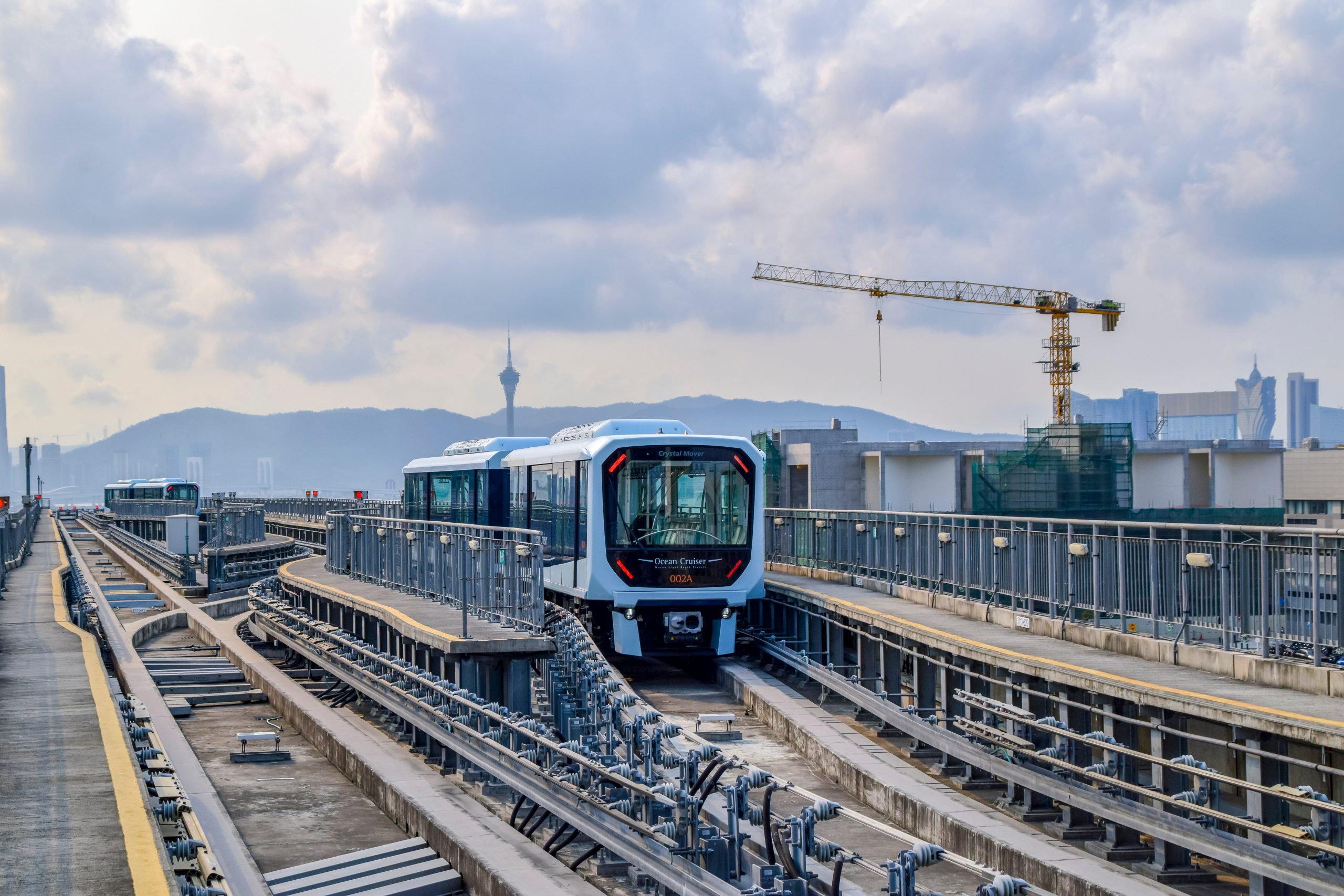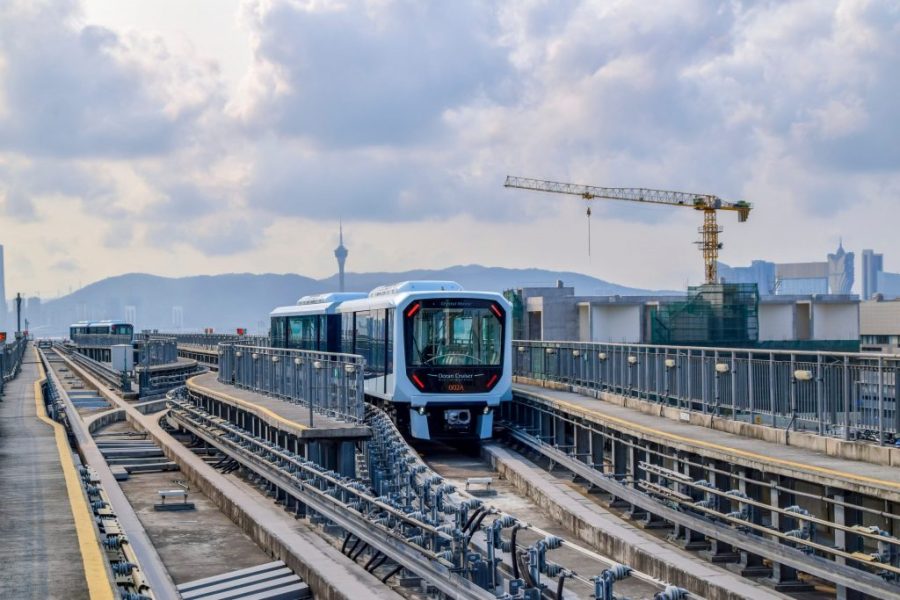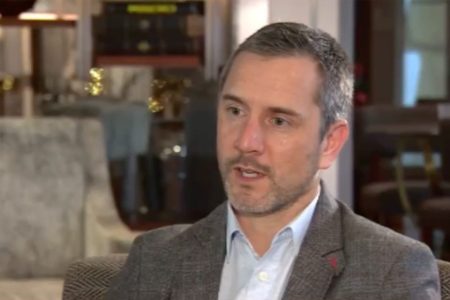The Light Rail Transit (LRT) is likely to become Macao’s main public transport, with buses taking second place, once its network has expanded Secretary for Transport and Public Works Raimundo do Rosário has said.
Rosário was addressing the Legislative Assembly concerning his portfolio’s policy guidelines for next year.
The policy secretary also said that the current 180-day suspension of the LRT operation, which started in the middle of October, has not caused a major impact due to its low daily number of passengers, which had stood at just around 2,000 on average since the start of the Covid-19 pandemic early last year.
The LRT passenger service has been suspended since 20 October so the system’s high-voltage cables can be replaced. The operation is being carried out by Japan’s Mitsubishi Heavy Industries free of charge, the supplier of Macao’s LRT system and trains.
According to a government announcement in October about the 180-day service suspension, the LRT, which only covered Taipa and Cotai before its service was suspended, had been hit by a host of technical failures since it opened in December 2019.
An investigation found that the repeated technical failures on the line were caused by the high-voltage cables overheating.
According to October’s announcement, the government decided to suspend the LRT’s passenger service for six months so that the replacement work can be carried out at full pace, instead of replacing the cables only during the non-service hours which would have taken two years, after considering the very low number of passengers during the Covid-19 pandemic.
At the time of its suspension, the LRT operated on the 9.3-kilometre Taipa section including Cotai. The Taipa-Cotai section, which started operating in December 2019, has 11 stations.
The current construction project of the LRT line connecting Taipa and Barra at the southernmost tip of the peninsula – via Sai Van Bridge – is scheduled to be completed in 2023.
Another LRT line connecting the Taipa line and Coloane’s sprawling Seac Pai Van public housing estate got off the ground in September. The Seac Pai Van LRT project is scheduled to be completed at the end of 2023.
The government is planning to build a sea-crossing LRT line connecting the Barrier Gate border checkpoint and the Taipa Ferry Terminal in Pac On via the Zone A and Zone E1 land reclamation areas, although no official starting date has been announced.
The number of LRT passengers had fallen drastically due to declining visitor arrivals in the wake of the Covid-19 pandemic, after the system recorded an average daily number of passengers of 33,000 and 16,000 in December 2019 and January last year.
Since the pandemic, the daily average number of LRT passengers had stood at around 2,000. Macao recorded its first Covid-19 case on 22 January last year.
The LRT system is owned by the local government but its operation has been outsourced to Hong Kong’s MTR Railway Operations (Macao) Company Limited.
Rosário said that the service suspension of the LRT Taipa section is saving the government money but he could not answer how much.
He also noted that the daily average number of LRT passengers had stood at just around 2,000 before the service suspension, because of which, he said, the suspension does not cause a major impact, adding that that the government has not received any complaints about the suspension.
Rosário also underlined that the LRT Taipa-Barra line could come into service at the end of 2023 or the beginning of 2024, and that he hoped that the LRT Macao-Hengqin and Seac Pai Van lines could open by the end of 2024.
Rosário noted that the LRT currently only has the Taipa section (which includes Cotai), adding he believed that after more LRT sections come into service in a few years’ time, the LRT would become the city’s major public transport, with the public bus service playing an auxiliary role, The Macau Post Daily reported.
The policy secretary also said that the daily average number of public bus passengers currently stands at around 600,000, because of which, he said, it would be impossible for the number of public bus trips to increase.
Rosário also said that the government expects to launch a public tender early next year for the design and construction of the LRT East Line, which will cross the sea via a tunnel, adding that no budget was available at present.






